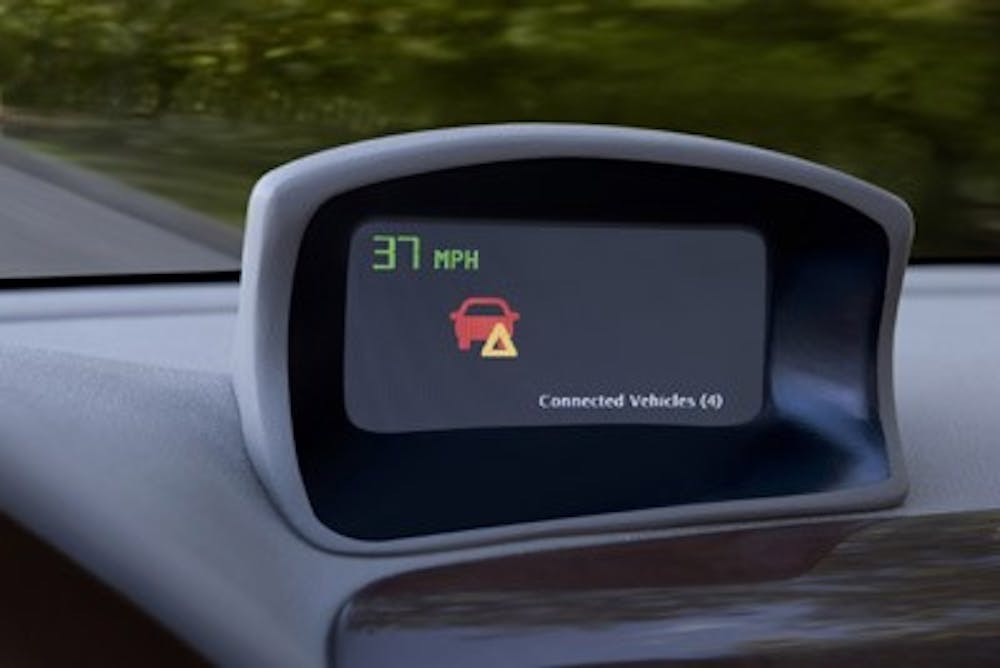DETROIT– Cars that drive themselves – even parking at their destination – could be ready for sale within a decade, General Motors Corp. executives say.\nGM parts suppliers, university engineers and other auto makers all are working on vehicles that could revolutionize short- and long-distance travel. And GM Chief Executive Rick Wagoner will devote part of his speech today at the Consumer Electronics Show in Las Vegas to the driverless vehicles.\n“This is not science fiction,” Larry Burns, GM’s vice president for research and development, said in a recent interview.\nThe most significant obstacles facing the vehicles could be human rather than technical: government regulation, liability laws, privacy concerns and people’s passion for the automobile and the control it gives them.\nMuch of the technology already exists for vehicles to take the wheel: radar-based cruise control, motion sensors, lane-change warning devices, electronic stability control and satellite-based digital mapping. And automated vehicles could dramatically improve life on the road, reducing crashes and congestion.\nIf people are interested.\n“Now the question is what does society want to do with it?” Burns said. “You’re looking at these issues of congestion, safety, energy and emissions. Technically there should be no reason why we can’t transfer to a totally different world.”\nGM plans to use an inexpensive computer chip and an antenna to link vehicles equipped with driverless technologies. The first use likely would be on highways; people would have the option to choose a driverless mode while they still would control the vehicle on local streets, Burns said.\nHe said the company plans to test driverless car technology by 2015 and have cars on the road around 2018.\nSebastian Thrun, co-leader of the Stanford University team that finished second among six teams completing a 60-mile Pentagon-sponsored race of driverless cars in November, said GM’s goal is technically attainable. But he said he wasn’t confident cars would appear in showrooms within a decade.\n“There’s some very fundamental, basic regulations in the way of that vision in many countries,” said Thrun, a professor of computer science and electrical engineering.\nThrun said a key benefit of the technology eventually will be safer roads and reducing the roughly 42,000 U.S. traffic deaths that occur annually – 95 percent of which he said are caused by human mistakes.\n“We might be able to cut those numbers down by a factor of 50 percent,” Thrun said. “Just imagine all the funerals that won’t take place.”\nOther challenges include updating vehicle codes and figuring out who would be liable in a crash and how to cope with blown tires or obstacles in the road. But the systems could be developed to tell motorists about road conditions, warn of crashes or stopped vehicles ahead and prevent collisions in intersections.\n“Where it shakes out remains to be seen but there is no question we see a lot of potential there,” said Rae Tyson, a spokesman for the National Highway Traffic Safety Administration.
GM says driverless cars may be on market in 10 years

Get stories like this in your inbox
Subscribe





